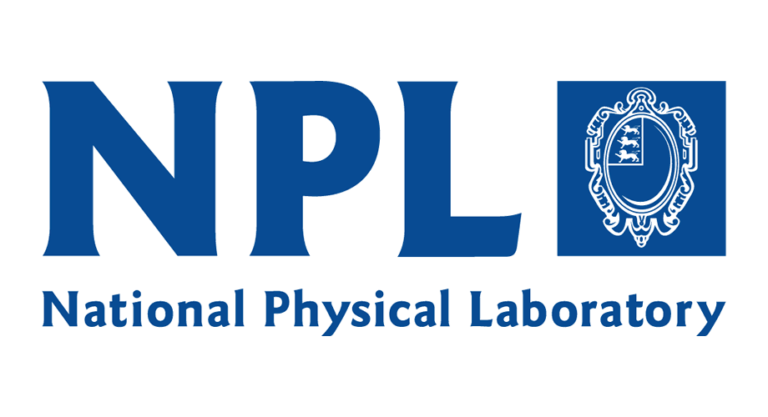Optos Plc is a leading provider of diagnostic devices for the eyecare professional. Since 2015, Optos became a part of Nikon, and today the company has offices worldwide in 4 continents. One of the key drivers for the global success of Optos has been its continuous investment in research and innovation, including through academic collaborations and doctorate programs. In some cases, this has led to later recruitment as well.
Research and innovation at Optos resulted in the ultra-widefield (UWF™), high-resolution optomap imaging technique. The ability to image 82% or 200° of the retina in a single snapshot facilitates early and accurate diagnoses, and is unparalleled to any other device on the worldwide retinal imaging market. Imaging of the retina at the back of the human eye is key to a timely diagnosis of diseases such as macular degeneration. Of growing importance here is optical coherence tomography (OCT), a technique that enables three-dimensional depth ‘sections’ of the retina. A major obstacle here is that aberrations blur the peripheral of the field-of-view; precluding the detection of some diseases in an early stage. This project aims to overcome this limitation.
The aim of this project is to develop a hybrid optical-digital imaging technique that is tolerant to the inherent optical imperfections in the eye and imaging optics. The project involves a balance between experiment (optical design, analysis, and implementation) and numerical processing using Matlab, Python, or C/C++. The first objective of this project is to overcome the aberrations introduced by the anterior segment of the human eye. A hybrid, optical-digital, approach will be investigated, aimed specifically at wide-field imaging. The second objective is to develop the first Hybrid Optical-Digital OCT system, exploiting the depth information to obtain sharper lateral resolution. The main challenge in this project is deriving the optimal phase-modulation for the hybrid imaging system. This will require accurate modelling of complex optical-digital system and a detailed analysis of different potential designs. A secondary challenge is to strike the optimal balance between light-efficiency and diffusion-suppression in the hybrid OCT system. Finally, with an eye on commercialisation, a method must be developed to compute spatially-variant deconvolutions in real time.
In addition to the ability to design and construct novel optical systems in the lab, this research project demands a solid understanding of light propagation as well as coherent and incoherent image formation. Prior to the construction of the hybrid optical-digital imaging instrument, the successful candidate will program rigorous computer simulations and software to process and analyse image data.
The development of the first hybrid optical-digital OCT device will enable high resolution over the entire field-of-view. Its development will also lead to an improved knowledge of birefringence in the retina and other optical properties of the human eye. The outcomes of this project directly translate to opportunities for commercialisation by Optos Plc.









